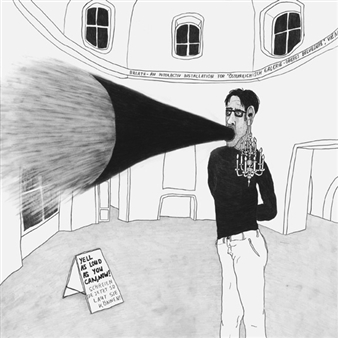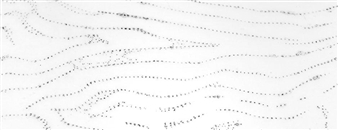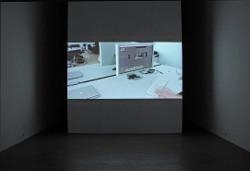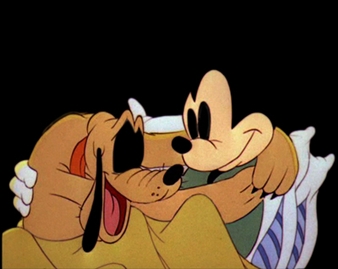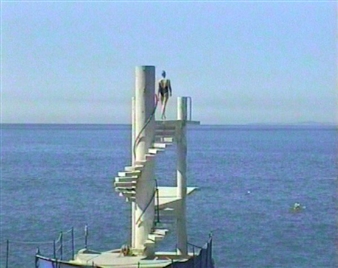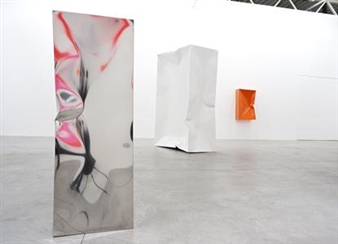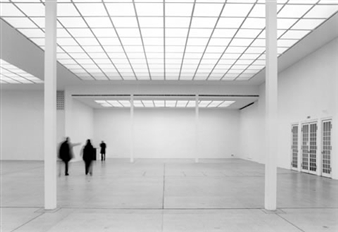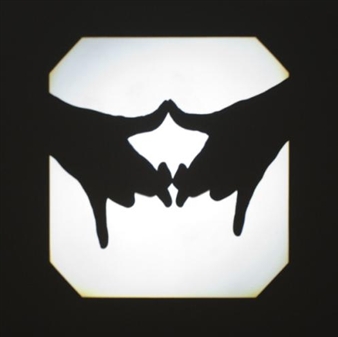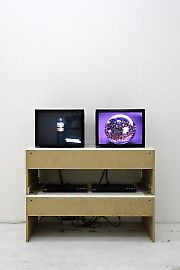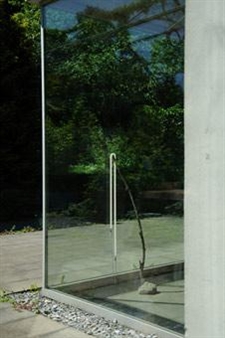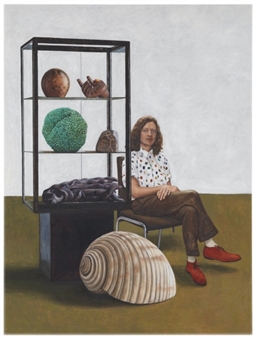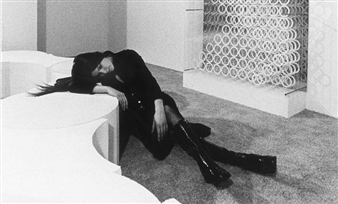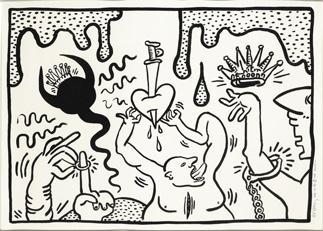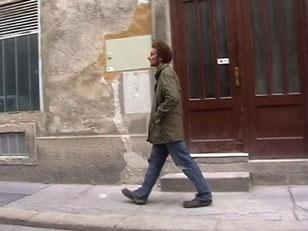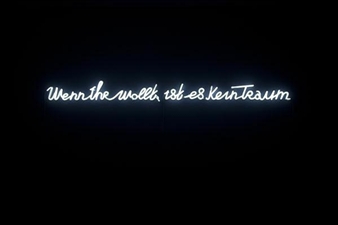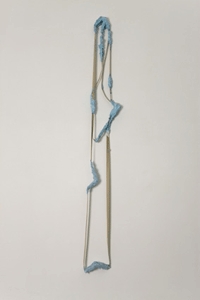Stories
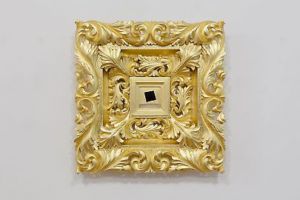
Georg Kargl Fine Arts, 05/13/2016 - 07/30/2016
Schleifmühlgasse 5 A-1040 Vienna
“Telling stories in space” is how Bulgarian artist Nedko Solakov likes to describe his artistic practice and in a first reading this speaks of his fondness for a narrative approach and his explicit and deliberate use of given spatial circumstances. As such, this is not unusual as an artistic method. However, what makes Solakov’s stories unique is a special and charming appeal that, like children’s books, offers a comfortingly clear view of the world. It seemingly breaks down complicated matters in a temptingly explicit but very precise way that allows for a new understanding. Through witty and humorous turns, the stories create an ease that renders even the most politically or religiously controversial and explosive topics light and enjoyable – despite their often sad endings. It’s as if Solakov responds to a longing humans have for these kinds of stories. He fulfils this desire through skilful mastery of his artistic practice and making use of his fine and subtle understanding of the world and human nature.
Nedko Solakov’s first solo show at Georg Kargl Fine Arts – the artist exhibited at the BOX in 2011 – invites the visitor into a marvellous storybook, unfolding through the different rooms of the exhibition space. There are stories about art (well, after all this is a gallery and paintings here speak with their own voice), about thoughts (or rather The Thought), feelings (Cozy), and emotions (although a certain nervousness only reluctantly admits its presence), about dreams (a nightmare in particular), about very actual political and religious debates (think refugee crisis and Muslim terrorist attacks – An Attempt at Possible Prevention), and about the very exhibition the viewer just entered (this self-reflectivity rarely misses Solakov’s shows).
As such, right in the front room of the space, one learns that the title of the show was supposed to be “Stories with Long Prologues, Rapid Climaxes and Quiet Endings,” but since the artist’s “tolerance level for pretentious titles unexpectedly declined,” the show is now simply called “Stories” (This Show’s Title). Solakov is not shy of letting his persona appear in his artworks – although of course, one must be careful in not taking everything at face value. There are true stories and others that are made up or obviously not verifiable. But when the artist speaks of himself in his own handwriting he makes us believe that his stories are true – a fact that might be related to the heightened interest in the persona of the artist graspable in Western postmodern societies, of which Solakov playfully makes us aware. Like, for example the (State Security) Ears in the main space of the gallery which relate to the famous Top Secret piece by the artist done immediately after the changes in Bulgaria and was shown at documenta12.
As varied as the subjects of Nedko Solakov’s little narratives are, the media of his artworks is also used to materialise them. While in his early art career he mainly created paintings (already incorporating various materials onto the canvases back then), the current show presents works that range from drawings in a customised frame with the story written on it to murals (Inside/Outside), and from wall installations [Five Paintings (The Formalistic One, The Quarantine One, The Imprimatura One, The Rookie One and The Handmade One)] to freestanding sculptures presented in the middle of the room. For these objects he uses aluminium casts, an assemblage from a Socialist time (The Old Object) or specially sewn or altered tissue or garment (like for A
Bulgarian-American Souvenir). There is also a signature Solakov, the richly carved and gilded object The Abstract Painting (with no frame). It is this diversity of approaches and materials that allows for a glimpse into Solakov’s wide-ranging cosmology of stories and inventiveness in finding new forms of telling them. When one wants to fully appreciate these stories, there is an element of playfulness to which the viewer needs to consent, in which he or she needs to participate. It means kneeling down to be able to read the tiniest letters stating utterances of drops gathered in a puddle (Droppings), or walking in a narrow circle around the base of a mannequin to learn about a “smart, handsome magician” whose most intimate secrets are revealed to the audience (A Magician’s Nightmare). It is also a play with the beholder’s expectations, his or her curiosity and level of morality (when thoughts of hatred, sexual confessions, hints to slightly perverse dreams, blasphemous ideas, or generally politically incorrect but oh-so-human stories are concerned). Solakov’s humour always treads this fine line between familiar and unfamiliar, reality and illusion, and the intimate and – what the French philosopher Henri-Louis Bergson called “a momentary anaesthesia of the heart,” i.e. a certain distance from feelings of sadness, pity, or affection. It is, however, never achieved without attaching to the emotions, thoughts, and feelings of the viewer and thus shows us quite plainly the heights and depths of human nature.
Text: Julia Loeschl
For More Information